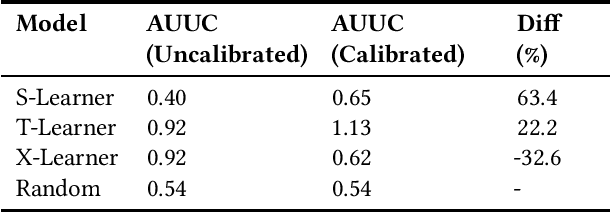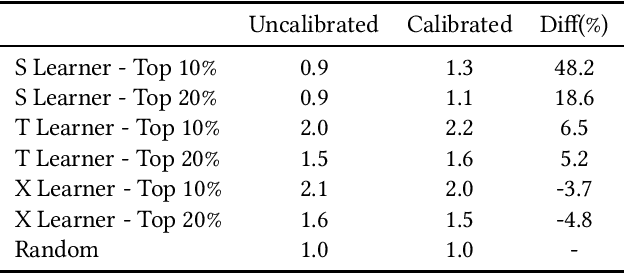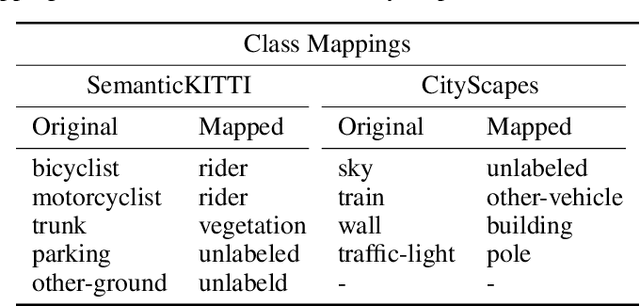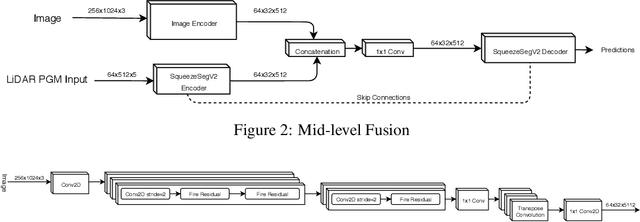Mohamed Anany
Enhancing Uplift Modeling in Multi-Treatment Marketing Campaigns: Leveraging Score Ranking and Calibration Techniques
Aug 27, 2024



Abstract:Uplift modeling is essential for optimizing marketing strategies by selecting individuals likely to respond positively to specific marketing campaigns. This importance escalates in multi-treatment marketing campaigns, where diverse treatment is available and we may want to assign the customers to treatment that can make the most impact. While there are existing approaches with convenient frameworks like Causalml, there are potential spaces to enhance the effect of uplift modeling in multi treatment cases. This paper introduces a novel approach to uplift modeling in multi-treatment campaigns, leveraging score ranking and calibration techniques to improve overall performance of the marketing campaign. We review existing uplift models, including Meta Learner frameworks (S, T, X), and their application in real-world scenarios. Additionally, we delve into insights from multi-treatment studies to highlight the complexities and potential advancements in the field. Our methodology incorporates Meta-Learner calibration and a scoring rank-based offer selection strategy. Extensive experiment results with real-world datasets demonstrate the practical benefits and superior performance of our approach. The findings underscore the critical role of integrating score ranking and calibration techniques in refining the performance and reliability of uplift predictions, thereby advancing predictive modeling in marketing analytics and providing actionable insights for practitioners seeking to optimize their campaign strategies.
An Evaluation of RGB and LiDAR Fusion for Semantic Segmentation
Aug 17, 2021



Abstract:LiDARs and cameras are the two main sensors that are planned to be included in many announced autonomous vehicles prototypes. Each of the two provides a unique form of data from a different perspective to the surrounding environment. In this paper, we explore and attempt to answer the question: is there an added benefit by fusing those two forms of data for the purpose of semantic segmentation within the context of autonomous driving? We also attempt to show at which level does said fusion prove to be the most useful. We evaluated our algorithms on the publicly available SemanticKITTI dataset. All fusion models show improvements over the base model, with the mid-level fusion showing the highest improvement of 2.7% in terms of mean Intersection over Union (mIoU) metric.
 Add to Chrome
Add to Chrome Add to Firefox
Add to Firefox Add to Edge
Add to Edge